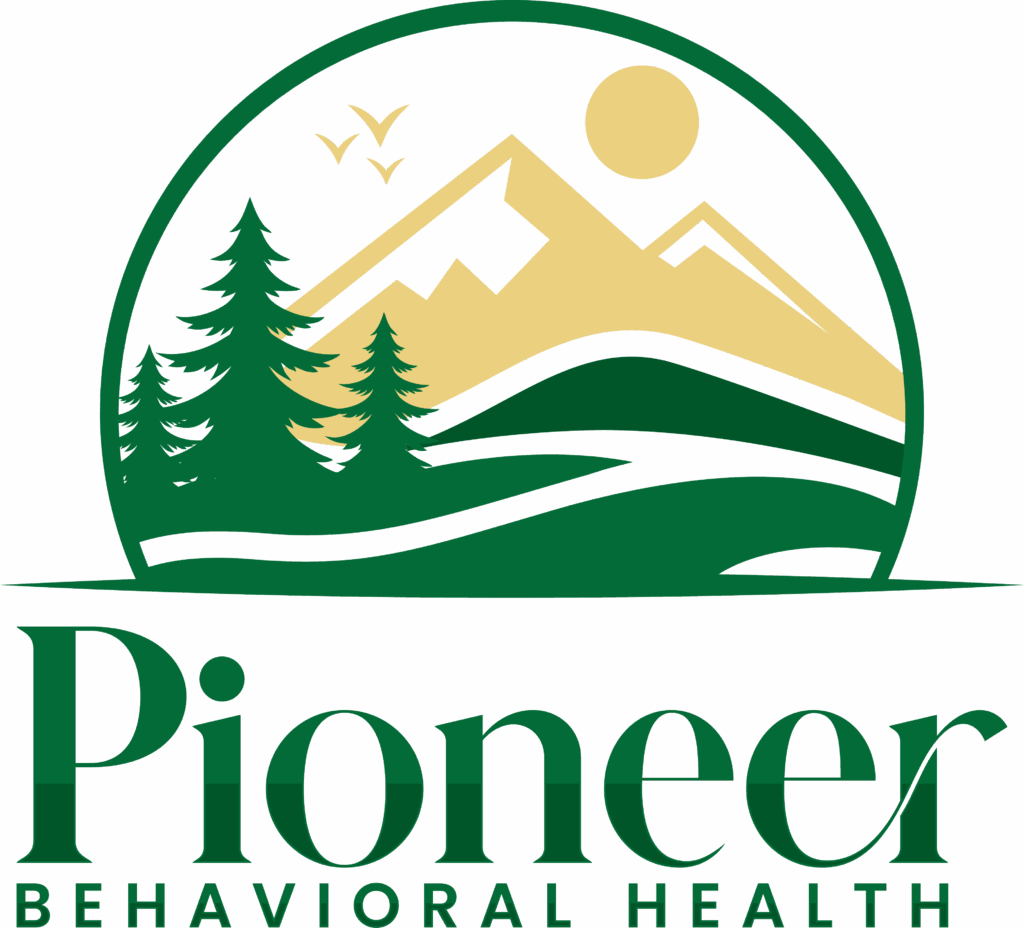Cognitive-behavioral therapy (CBT), dialectical behavioral therapy (DBT), and the 12-Step approach each offer unique, effective tools for overcoming addiction. While these methods may seem separate—or even at odds—they actually complement one another. When used together, they create a comprehensive treatment model that addresses the mental, emotional, and behavioral challenges of addiction recovery.
By exploring the root causes of addiction and building practical strategies for long-term sobriety, these approaches form a strong foundation for lasting change.
Why Long-Term Sobriety is So Challenging
Many individuals are able to stop using substances, but staying sober over the long haul is where the true work begins. This challenge is often internal, rooted in thoughts and emotions that can feel overwhelming. As the Big Book of Alcoholics Anonymous famously states: “I can’t stay stopped!”—a reflection of the internal struggle many face in recovery.
Early sobriety often brings on feelings of restlessness, irritability, and discontent. Managing these emotions is crucial to avoiding relapse. The 12 Steps offer a roadmap for inner healing, guiding individuals to develop emotional resilience, spiritual growth, and the ability to live without relying on substances.
What Are the 12 Steps?
Though variations exist, most 12-Step programs follow the same core principles:
-
Admit the need for help
-
Believe in the possibility of recovery
-
Commit to making a change
-
Take a moral inventory
-
Acknowledge past harm and harmful behaviors
-
Let go of self-destructive habits
-
Embrace personal growth
-
Identify those harmed by your addiction
-
Make amends when possible
-
Continue self-examination and accountability
-
Practice new habits and seek inner guidance
-
Help others by living a life rooted in recovery
These steps help individuals reflect on their actions, make peace with the past, and find new meaning in sobriety.
The Role of the 12 Steps in Recovery

The 12-Step model supports a deep, transformational process. It helps individuals gain insight into their behavior, find healing through self-reflection and amends, and build a sense of purpose beyond addiction.
Often introduced through mutual support groups like Alcoholics Anonymous (AA) or Narcotics Anonymous (NA), the 12 Steps provide a strong peer-based network for recovery. However, they’re also widely used in professional treatment settings, where the principles can be taught in a structured and educational format.
How CBT and DBT Enhance the 12 Steps
While the 12 Steps offer a powerful path for spiritual and personal growth, CBT and DBT bring practical, evidence-based tools to the recovery process.
-
Cognitive-behavioral therapy (CBT) focuses on identifying and shifting negative thought patterns that fuel addiction. It helps individuals develop healthier coping mechanisms and manage cravings and high-risk situations.
-
Dialectical behavioral therapy (DBT) emphasizes emotional regulation, distress tolerance, mindfulness, and effective communication—especially helpful for individuals who experience intense emotions or struggle with relationships.
Together, CBT and DBT give individuals the mental and emotional skills to navigate daily life in sobriety, while the 12 Steps provide the purpose, structure, and peer connection needed for long-term success.
Teaching the 12 Steps in a Treatment Setting
In a professional treatment environment, the 12 Steps can be introduced in a way that’s approachable and empowering. While some may find terms like “higher power” or “spiritual awakening” challenging, treatment centers offer space for individuals to explore these concepts in a personal, meaningful way—without religious pressure.
Clinicians and peer-recovery specialists help clients work through the steps in a supportive, guided manner. This structure makes it easier to understand and apply each step, providing a strong foundation for sustained recovery.
Why the 12 Steps Are So Effective in Clinical Settings
When introduced alongside therapeutic support, the 12 Steps become more than just a self-help tool—they become a lifestyle change. In a treatment center:
-
Trained professionals help tailor the steps to each person’s experience
-
Peer advocates offer lived experience, motivation, and guidance
-
The structured environment encourages focus, reflection, and accountability
-
Community support fosters connection, trust, and shared growth
The integration of the 12 Steps with therapies like CBT and DBT allows for a holistic, balanced approach that nurtures both the heart and mind.
Get 12 Steps Treatment in Longmeadow, MA

At Pioneer Behavioral Health, we believe recovery is not just possible—it’s transformative. Our approach blends the spiritual and reflective depth of the 12 Steps with the clinical power of evidence-based therapies like CBT and DBT.
We understand the complex emotional and psychological roots of addiction, and we meet each individual where they are, with compassion, respect, and personalized care. Our outpatient programs offer:
-
Peer-recovery support
-
Holistic healing methods
Whether you’re in the early stages of recovery or seeking support for long-term sobriety, our programs are designed to equip you with the skills, tools, and confidence to create lasting change.
Contact us today to learn more about our programs and take the first step toward a healthier, more empowered life.

